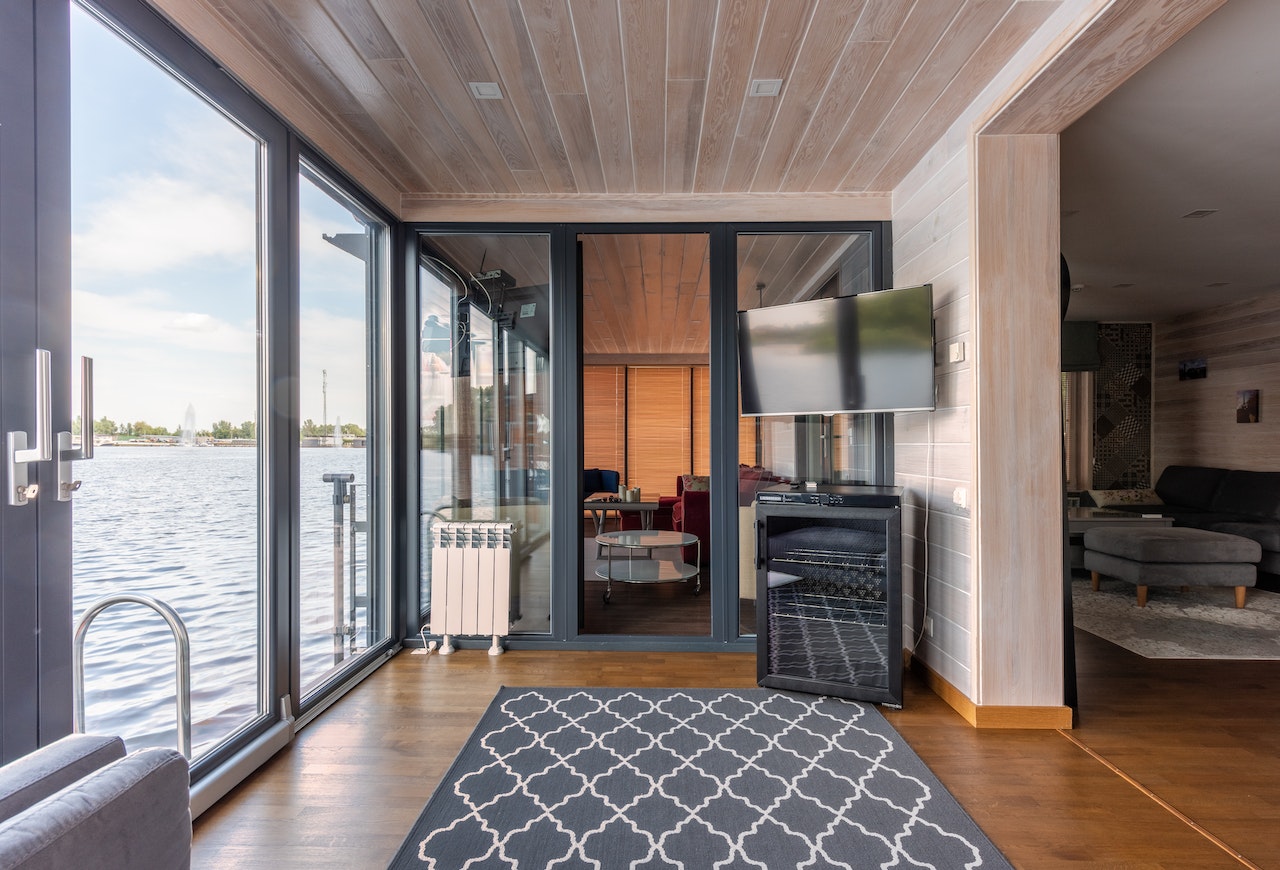Incorporating cross ventilation in home interiors is an effective way to maximize natural light and fresh air, creating a comfortable and healthy living environment. In this blog post, we will explore the benefits of cross ventilation, discuss design strategies to enhance airflow, and highlight the importance of incorporating this concept in home interior design.
The Benefits of Natural Light and Fresh Air
Natural light and fresh air have numerous benefits for both physical and mental well-being. Sunlight provides vitamin D, enhances mood, and improves productivity, while fresh air helps remove indoor pollutants and promotes a sense of vitality. By maximizing these elements through cross ventilation, homeowners can experience improved health, increased energy, and a connection to the natural environment.
Understanding Cross Ventilation
Cross ventilation is the process of using natural air movement to exchange indoor air with fresh outdoor air. It involves strategically placing openings, such as windows and doors, in a way that promotes the flow of air throughout the space. By creating a pathway for air to enter and exit the home, cross ventilation facilitates the circulation of fresh air, dissipates odors and humidity, and reduces the reliance on artificial cooling and ventilation systems.
Design Strategies for Cross Ventilation
To maximize natural light and fresh air through cross ventilation, several design strategies can be employed. Start by analyzing the prevailing wind direction to determine the best placement of openings. Strategic window and door placement can create a “wind scoop” effect, where wind is directed into the home. Additionally, consider the size and orientation of windows to optimize airflow. Operable windows, such as casement or sliding windows, allow for greater control over ventilation.
Furthermore, incorporating architectural features like atriums, courtyards, or skylights can promote stack effect ventilation, where warm air rises and is expelled through high openings, pulling in cool air from lower openings. This vertical movement of air enhances natural ventilation.
Enhancing Indoor-Outdoor Connectivity
To fully harness the benefits of cross ventilation, it is crucial to establish a strong indoor-outdoor connection. Design elements such as large windows, glass sliding doors, and covered outdoor spaces encourage the seamless transition between indoor and outdoor areas. This connection not only facilitates airflow but also enhances the overall spatial experience, allowing residents to enjoy the surrounding natural environment and engage with natural light and fresh air.
Balancing Privacy and Ventilation
While maximizing cross ventilation is essential, maintaining privacy is equally important. Consider incorporating window treatments, such as blinds or curtains, that allow for airflow while providing privacy. Additionally, landscaping elements like fences, hedges, or strategically placed trees can help create privacy buffers without obstructing airflow.
Conclusion: Incorporating cross ventilation in home interiors is a valuable design strategy for maximizing natural light and fresh air. By carefully considering window placement, architectural features, and indoor-outdoor connectivity, homeowners can create a harmonious living space that promotes well-being, energy efficiency, and a strong connection to the surrounding environment.

